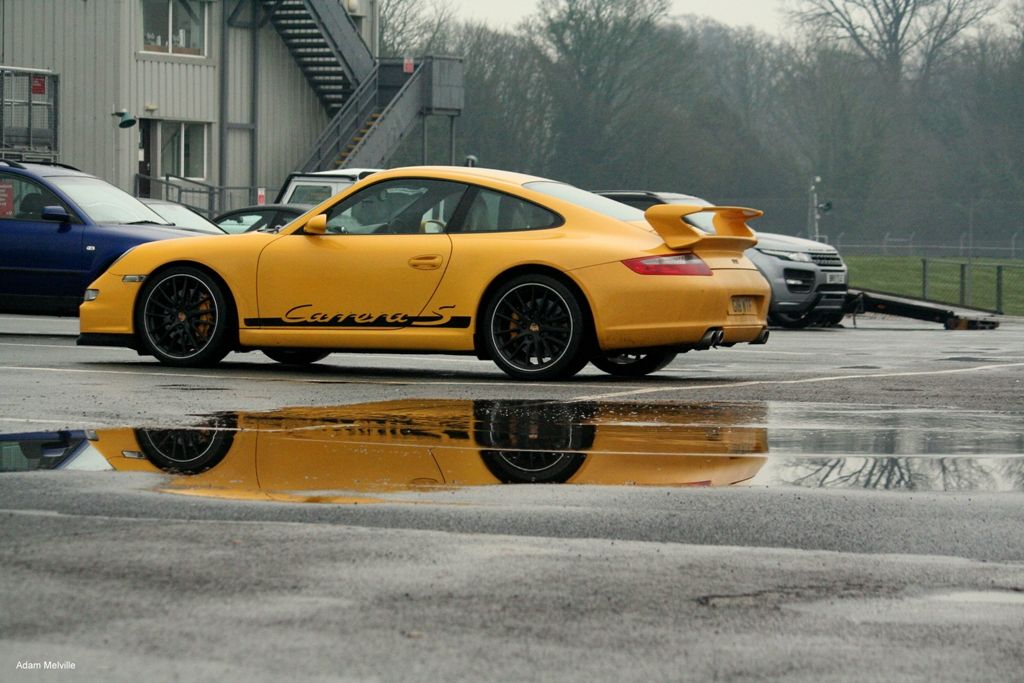Rear wheel steering when properly done can be amazing, full control over vehicle dynamics as well as almost impossible lane change maneuvers.
An interesting post I once read on S2ki by Nick G:
Indeed; but it also gives me a reason to re-post the following:
LJK Setright: What happened to four-wheel active steering?
The car responds with alacrity and accuracy regardless of your speed
Tuesday, 2 March 2004
So long as they remain in contact with the road, all four tyres of the car share its weight. They also share the task of stopping it; in four-wheel-drive cars they share the burden of making it go; and in all cars, in case you had not realised it, they share the duty of steering.
Conventional cars being what they are (gross travesties of engineering ideals), the rear tyres only get steering instructions by devious means. You turn the steering wheel: the front wheels turn, their tyres begin to generate a lateral force to move the nose of the car.
What happens next is a complex sequence of changing forces, all time-consuming and most of them destabilising, which result in the rear tyres taking on their share of making the car follow the desired course. By stages the car settles into a steady-state cornering mode which should continue until you do something else.
With active steering, all four tyres assume their new duties simultaneously. All those intermediate phases are eliminated: the car responds with alacrity and accuracy, regardless of how fast or how hard you are cornering.
Engineers have been investigating four-wheel steering for a long time. An Italian named Amati built a fine prototype in 1927; a couple of Britons, Freddie Dixon and Tony Rolt, built a frightful one a decade later.
The first hint of modern active steering came in 1983 when Mazda revealed that they were working on a four-wheel-steering system. First in production, though, came the Honda Prelude of 1987, with a system whereby the rear wheels were steered according to the steering input by the driver, and in which road speed was irrelevant.
I was enchanted by it: a succession of 4WS Preludes has served as my personal transport ever since. My present one will have to last the rest of my life, for they do not make them any more.
Deftness, adroitness, sensual gratification, agility, accuracy: all these terms come flooding to mind when trying to explain why this car is nicer to drive than anything else. What may matter most is the supreme ability to dodge, which has saved me from an assortment of accidents involving either errant road-users or things falling off lorries. As a lane-changer, especially at high speeds, the Prelude must be without peer.
Every other manufacturer pronounced it rubbish while privately trying to find a way of equalling it without paying royalties to Honda. Nissan and Mitsubishi produced approximations made farcical by an electronic time-delay, which ruined the effect. BMW tried a version in their 850 coupe, but failed to persevere. The French and Audi VW offered rear-wheel steering that was a disgusting system of squishy suspension mounts, The remainder waited for 4WS to go away, and their judgement was good: it went.
What killed active steering? Car salesmen. People who are good at selling things are not the sort who can explain the dynamic benefits: the most they could do was to point out how much easier it made parking.
It was a tragedy. All sorts of things matter from time to time when driving - brakes, accelerator response, gearbox - but the one thing in use all the time is the steering. To make do with second-best is not merely risky, it is heart-rending. Fancy technology sells cars today, but it has to be something that can be seen. Something that can at best be felt, however worthy, is unlikely to open wallets.





















 ) but may be more down to the drivers? What year GTR was it?
) but may be more down to the drivers? What year GTR was it?